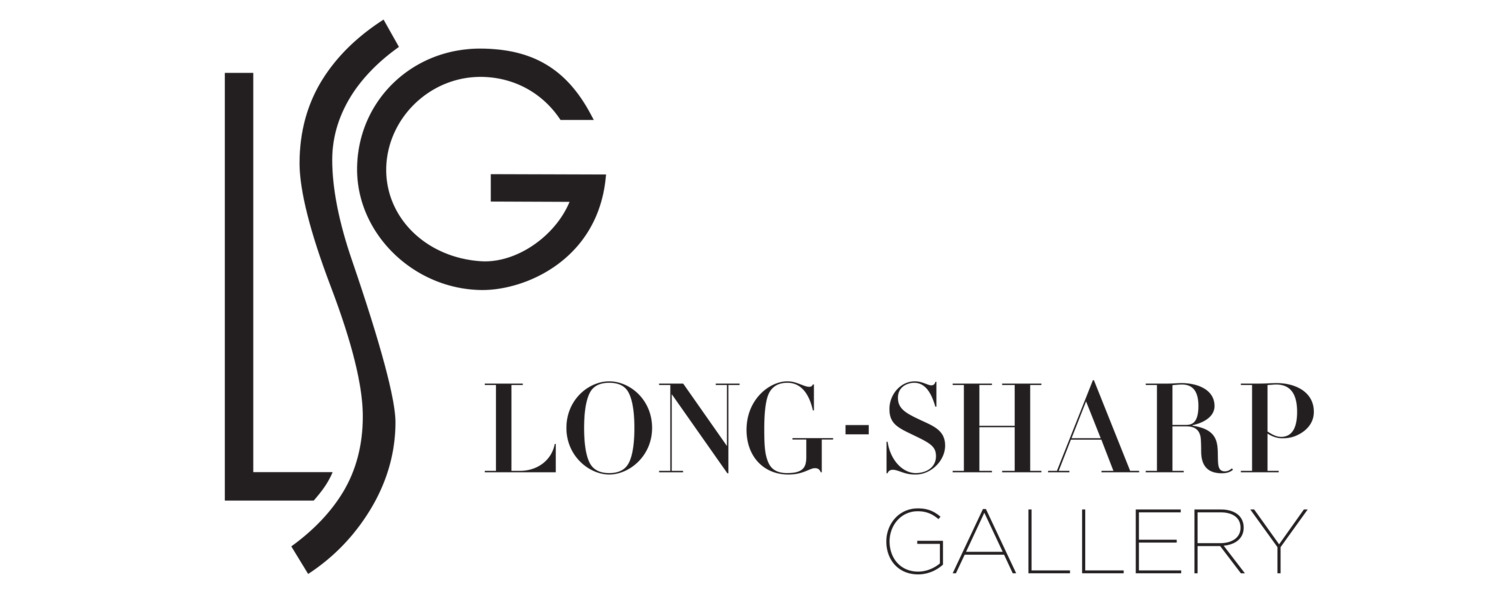
Rose and Bottle
A unique drawing by Andy Warhol
An affinity for flowers can be traced as far back in Warhol’s life as childhood; his mother, Julia Warhola, went door-to-door selling metal flowers she made (from Campbell’s soup cans, no less), while Andy and his brothers waited for her in the bushes. According to his brother, John, Andy planted a little flower bed outside the family home, and Andy could be found sketching flowers and butterflies while his brothers were on the baseball field.
Drawings of flowers would appear, interspersed, throughout every decade of Warhol’s illustrious career. He penned drawings of flowers as early as the 1950s, studying floral compositions and visiting flower markets with friend Charles Lisanby to purchase flowers to sketch. Paintings of flowers from his 1964 exhibit at the Leo Castelli Gallery are some of his most widely recognized works, and he continued variations within this theme until his death in 1987.
This particular drawing is evidence of Warhol’s use of the blotted line technique. According to the Andy Warhol Museum:
Andy Warhol first experimented with blotted line while still a college student at Carnegie Institute of Technology (now Carnegie Mellon University). He continued to craft this technique in his commercial work in New York City throughout the 1950s. Blotted line enabled Warhol to create a variety of illustrations along a similar theme. This type of production allowed him to bring multiple ideas to clients to increase the odds that one of his drawings would be chosen for the final advertisement.
Blotted line combines drawing with basic printmaking. Warhol began by copying a line drawing in pencil on a piece of non-absorbent paper, such as tracing paper. Next, he hinged this piece of paper to a second sheet of more absorbent paper by taping their edges together on one side. With a fountain pen, Warhol inked over a small section of the drawn lines. He then transferred the ink onto the second sheet by folding along the hinge and lightly pressing or “blotting” the two papers together. The process resulted in the dotted, broken, and delicate lines that are characteristic of Warhol’s illustrations. Warhol often colored his blotted line drawings with watercolor dyes or applied gold leaf.[1]
Year: Circa 1956
Medium: Ink on paper
Size: 13.25 x 11.125 in (33.7 x 28.3 cm)
Frame size: 18.75 x 18.75 in (47.6 x 47.6 cm)
Provenance:
Estate of Andy Warhol (stamped)
The Andy Warhol Foundation for the Visual Arts (stamped)
Long-Sharp Gallery
Authenticated by the Authentication Board of The Andy Warhol Foundation for the Visual Arts (stamp on verso), Foundation archive number on verso in pencil, initialed by the person who entered the works into The Foundation archive.
[1] The Andy Warhol Museum. "Lesson: Andy Warhol’s Blotted Line." Accessed March 26, 2024. https://www.warhol.org/lessons/andy-warhols-blotted-line/
